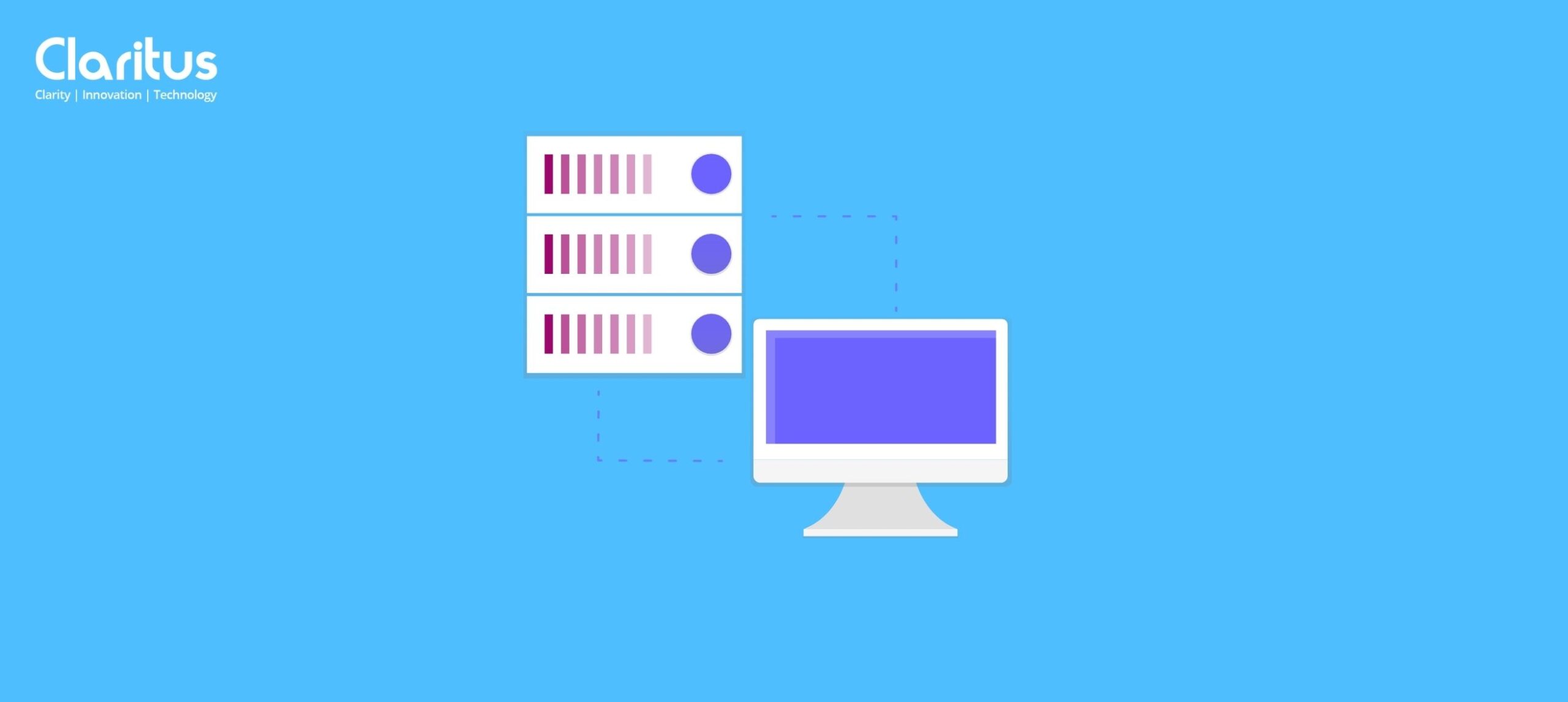Utilize the power of Automation in Cloud Migration

It is no surprise that agile enterprises today are shifting to the Cloud for moving their businesses forward. Yes, it is also just about the right time. With the survival of the fastest and fittest being the new norm, organizations are trying to re-invent and innovate for all-weather scenarios by re-building resilience and proactively transforming their current IT frameworks for sustainable growth. This “Digital Transformation” as it is called factors in key transformation enablers such as agility, technology, security, service, and data to stay ahead of the curve and achieve competitive advantage.
Cloud computing, adoption, and migration is an essential strategy to accelerate high efficiency at lower costs. In the age of the disruptive cloud-enabled environment, businesses with on-premise legacy infrastructures simply cannot afford to lag behind. Being re-born-in-the-cloud can offer unparalleled scalability, connectivity, speed, and flexibility, a clear benefit of the on-demand capacity and pay-as-you-go pricing that the cloud provides. Each organization would require unique implementation and migration strategies to benefit from the power of a fully optimized cloud deployment.
The questions abound though…
- What would be the right cloud migration approach (re-host, re-platform or refactor)?
- How does one balance the risk, cost, and timeline of the cloud migration?
- What would be the best approach for maximum TCO savings?
- What would be the challenges in migrating legacy applications?
- Is lift and shift a future-proof migration route?
The answers ring loud and clear…
The right cloud solution would be a crucial milestone for any well-defined roadmap that takes a holistic approach to address people, process, and technology needs for business transformation. Future-ready enterprises looking to leverage technology and architecture elements to deliver contactless, immersive services will need a resilient hyper scale cloud backbone residing on high speed decentralized networks.
The pressing need for progressive change towards business agility by moving to the Cloud will have to start with identifying the migration route based on the organization’s goals. Go ahead with if you are looking to migrate your systems without modifications, in minimum time and lowered costs. Say yes to re-platforming if you are saddled with monolithic legacy applications and want to migrate to the cloud at lower TCO quickly. Refactoring works best if you are looking to take the next step in market competitiveness with major code modifications for enhanced service capabilities, improved performance, and speed.
Hold on! What about ROI? How soon?
The most important question top of mind of every CxO though, is TCO savings. Especially during times of uncertainty when budgets become tight, when organizations “need to defend”, “tread with caution” and seek “opportunity to grow”. Especially when there are unplanned spend and costs incurred to “be in” business during tough times, human-made or nature-driven. Are there sustainable cost-take-out approaches to consider? Is it possible to derive an optimized ROI, right from year one for your cloud initiative? Is Automation the change catalyst, the game-changer for today, and the morrow?
ROI is definitely the deciding factor; there is no one way to the cloud though. Your journey should align with the current state of your infrastructure & your organization’s business goals. The rehost route, however faster and cheaper would mean modifications required to leverage cloud-native benefits. Add redundancy, and it might seem the challenges far outweigh the benefits accrued. At the other end of the spectrum, refactoring offers immense opportunities for innovation but comes with high implementation costs.
A closer pragmatic deep dive shows that the middle path, the re-platforming route, has the highest TCO reduction potential, ideal for legacy systems with great advantages in migration time and cost savings. When application re-platforming gets automated, it can be the answer most organizations are looking at for all-weather scenarios. But as they say, horses for courses should be the business mantra.
Automate your Cloud Journey for great results
Automation is the bedrock of achieving ROI on your cloud journey and if you are looking at a re-platforming approach, it can be your pivot for achieving success across the parameters of time, cost, and efficiency. Applications accessed accurately for cloud readiness in a matter of hours. Your legacy application can get re-platformed and deployed to the cloud if you are using the right automation tools in just six weeks, while manual efforts take anywhere between six to nine months. Adoption of open-source software can help to reduce the licensing costs associated with servers like application, database, message brokers, etc.
Automation works best when it is part of the Cloud migration mix from day one and incrementally iterated in scope to expand its role. And as you expand your use cases for automation, the greater will be the value you see in return. Citius, Altius, Fortius.

